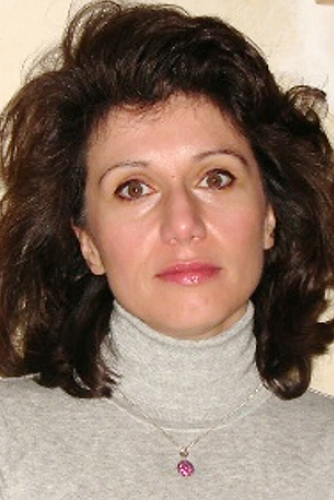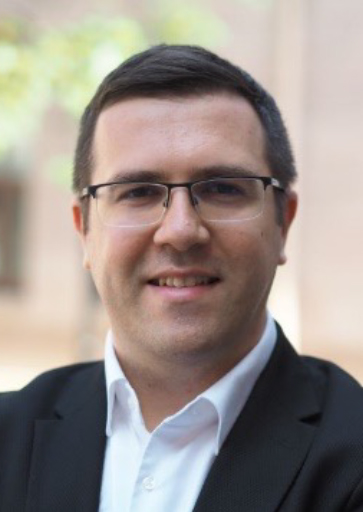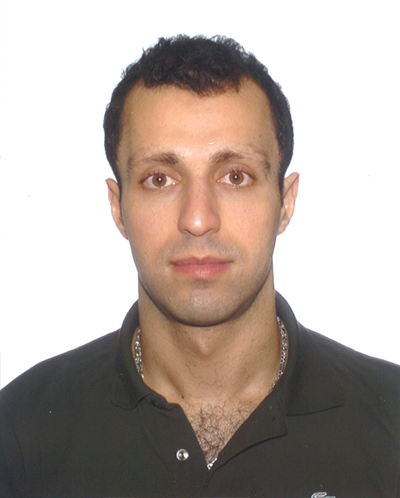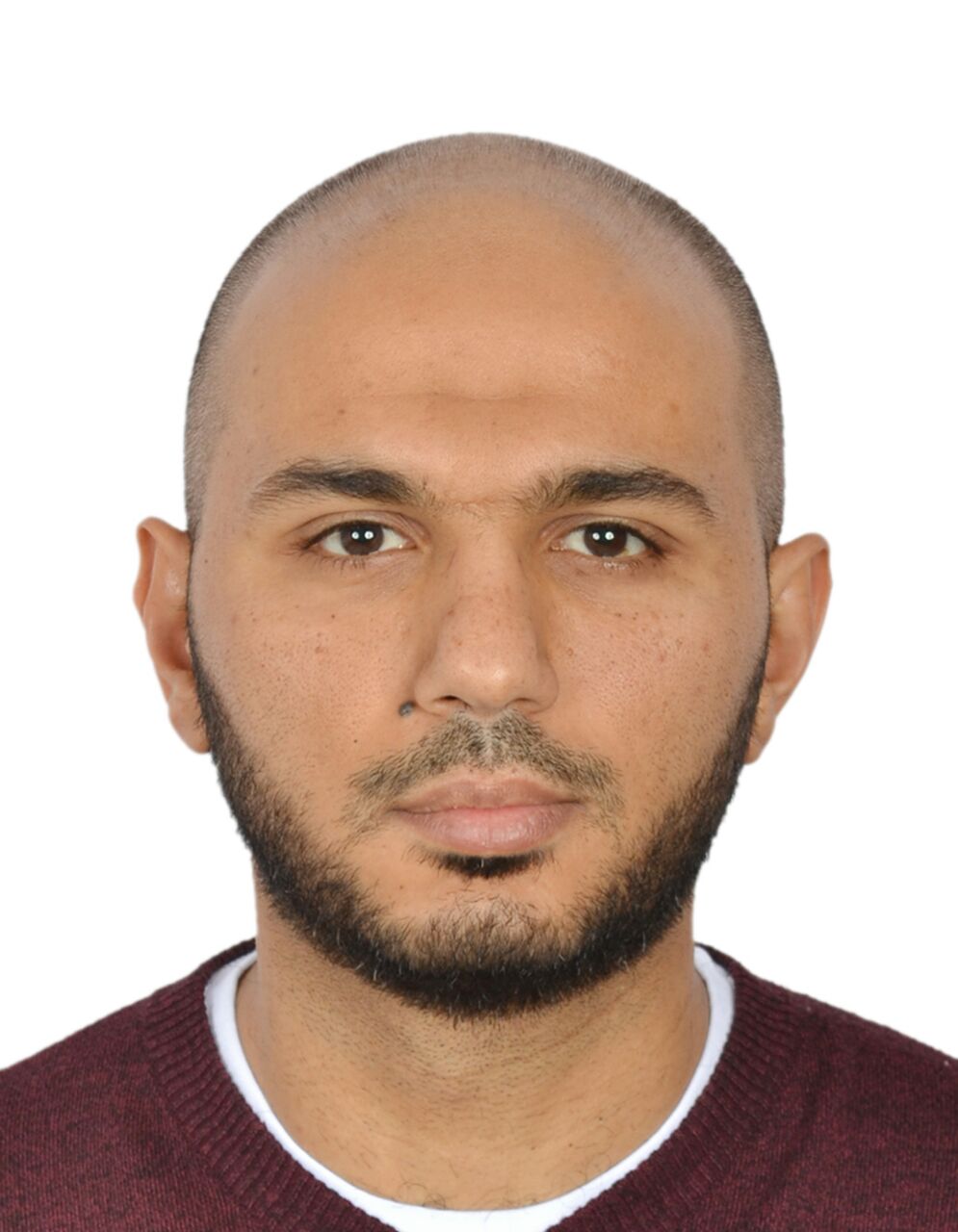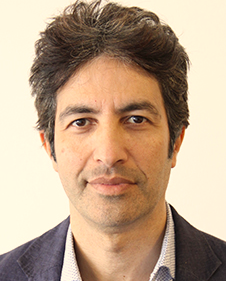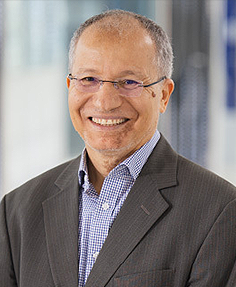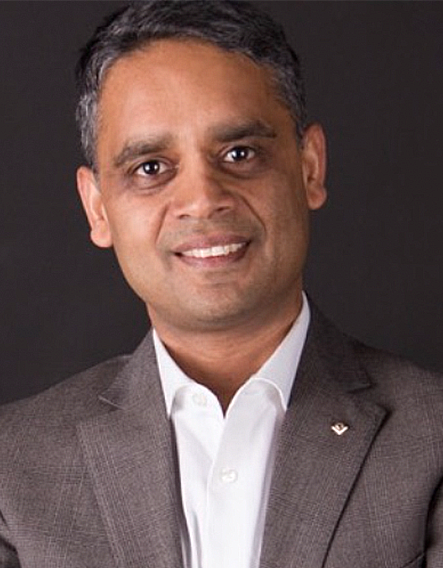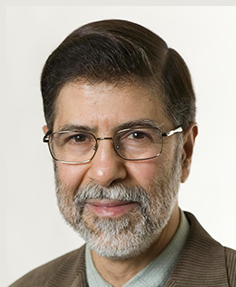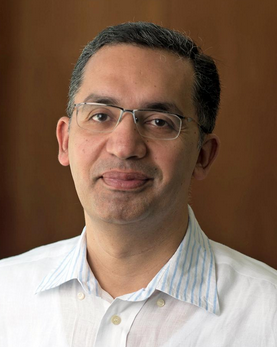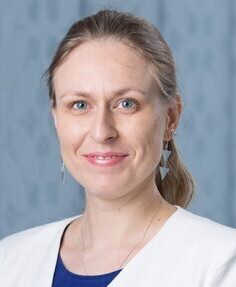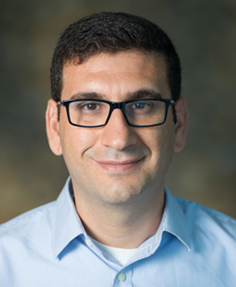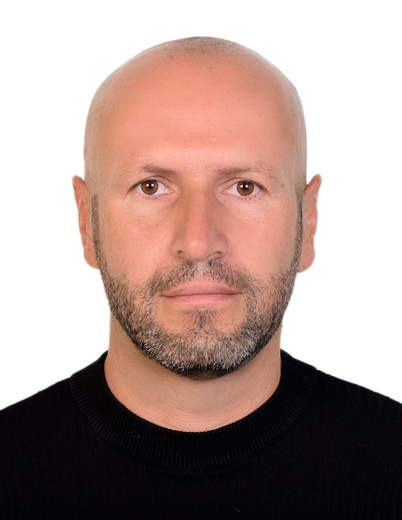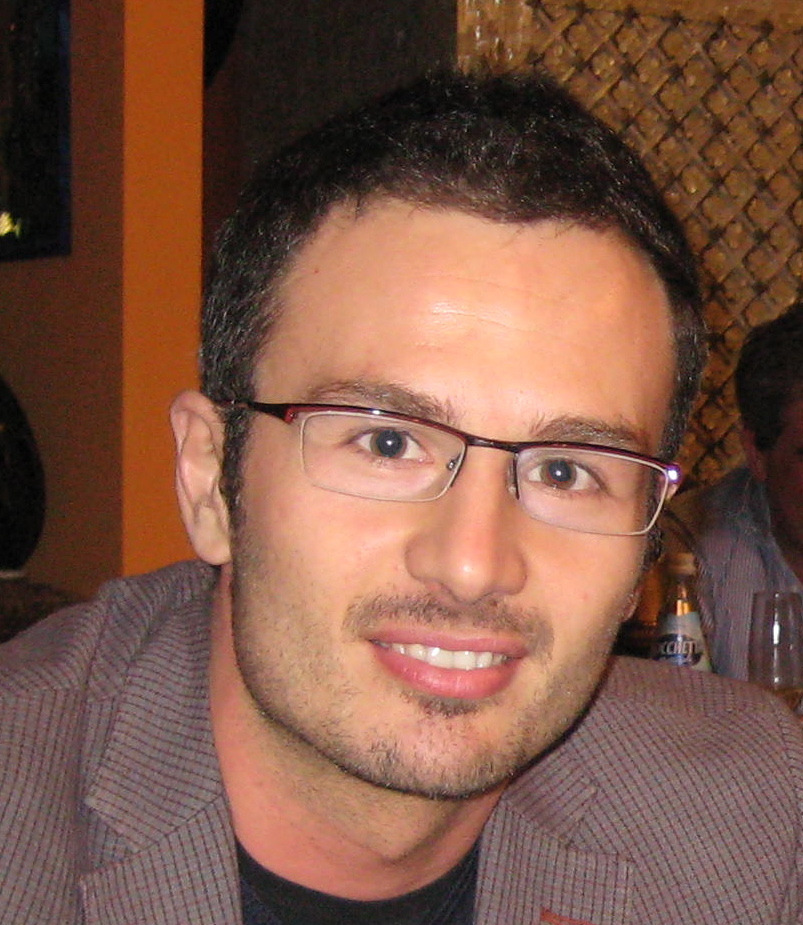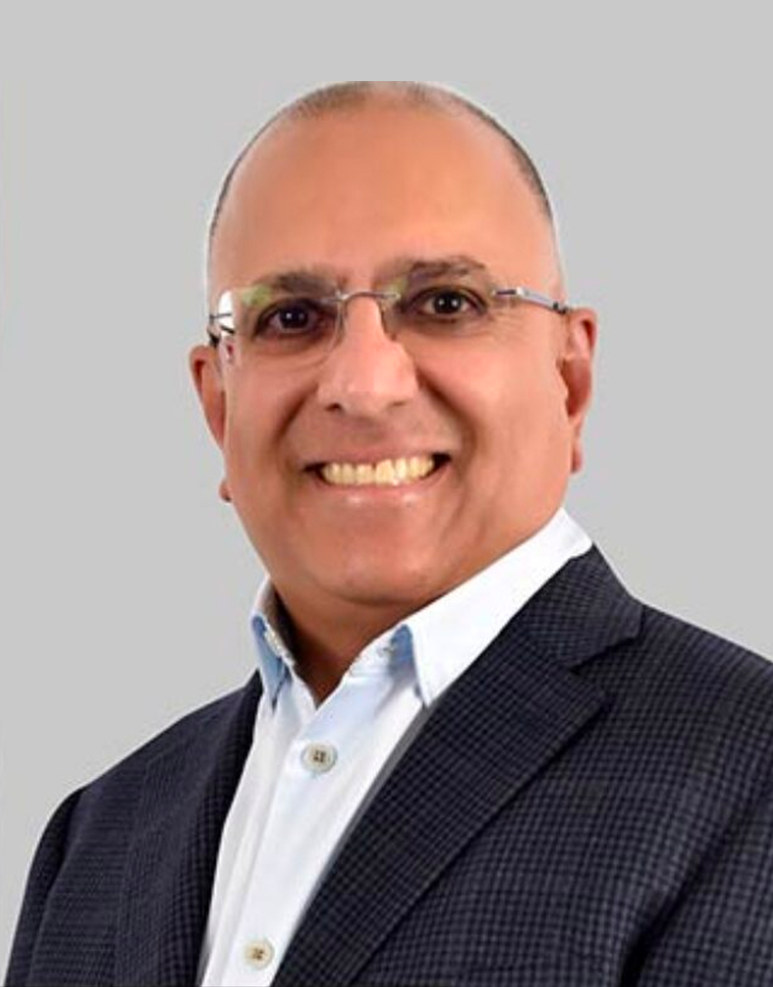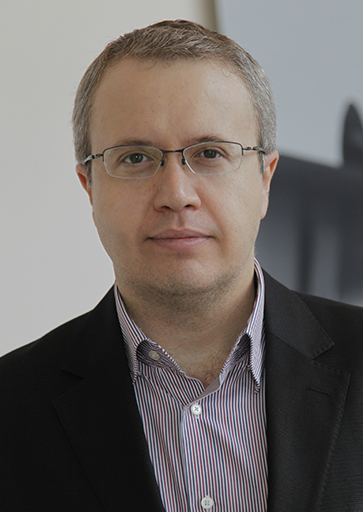Title: AI-Enabled Deployment of Connected and Autonomous Electric Vehicles in Smart Cities
Abstract
The transformation of our current cities into smarter cities will bring challenges in diverse areas
such as the transportation system, the electricity system, and wearable systems, just to name a
few. In smart cities, Information and Communication Technologies (ICT) will play a vital role
for providing services in the urban environment. These services include real time monitoring and
reaction in time through wireless sensor and actuator networks. Smart Grids (SGs), Intelligent
Transportation Systems (ITS), Internet of Things (IoT), Electric Vehicles (EVs), and Wireless
Sensor Networks (WSNs), supported by the advances in Artificial Intelligence (AI) and Machine
Learning (ML), will be the building blocks of futuristic smart cities. In this presentation we will
address ML techniques with a focus on autonomous vehicles and in particular on Connected and
Autonomous Electric Vehicles (CAEVs) in smart cities. Current capabilities as well as
limitations and opportunities of key AI enabling technologies will be reviewed, along with a
discussion on the impact of such advances on society and the environment. All these
technologies will help to build a smart city. A use case on evaluating traffic signs detection using
deep convolutional neural networks (CNNs) such as Faster R-CNN for autonomous driving, will
be provided.
Biography
Hussein T. MOUFTAH received the BSc in Electrical Engineering and MSc in Computer Science from the University of Alexandria, Egypt, in 1969 and 1972, respectively, and the Ph.D. degree in Electrical Engineering from Laval University, Canada, in 1975. He joined the School of Electrical Engineering and Computer Science (was School of Information Technology and Engineering) of the University of Ottawa in 2002 as a Tier 1 Canada Research Chair Professor, where he became a Distinguished University Professor in 2006. He was with the ECE Department, Queen’s University (1979–2002), where he was prior to his departure a Full Professor and the Department Associate Head. He has six years of industrial experience mainly at Bell Northern Research of Ottawa (Nortel Networks). He is the author or coauthor of 13 books, 78 book chapters and more than 1800 technical papers, 17 patents, 5 invention disclosures, and 148 industrial reports. Dr. Mouftah served as the Editor-in-Chief of the IEEE Communications Magazine (1995–1997) and IEEE ComSoc Director of Magazines (1998–1999), Chair of the Awards Committee (2002–2003), Director of Education (2006–2007), and a Member of the Board of Governors (1997–1999 and 2006–2007). He was a Distinguished Speaker of the IEEE Communications Society (2000–2007). He is a Fellow of the IEEE (1990), the Canadian Academy of Engineering (2003), the Engineering Institute of Canada (2005), and the Royal Society of Canada RSC Academy of Science (2008). He is the joint holder of 26 Best/Outstanding Paper Awards. He has received numerous prestigious awards, such as the 2017 Gotlieb Medal in Computer Engineering and Science, the 2016 R.A. Fessenden Medal in Telecommunications Engineering of IEEE Canada, the 2016 Distinguished Technical Achievement Award in Communications Switching and Routing of IEEE ComSoc Communications Switching and Routing Technical Committee, the 2015 IEEE Ottawa Section Outstanding Educator Award, the 2014 Engineering Institute of Canada K. Y. Lo Medal, the 2014 Technical Achievement Award of the IEEE Communications Society Technical Committee on Wireless Ad Hoc and Sensor Networks, the 2007 Royal Society of Canada Thomas W. Eadie Medal, the 2007–2008 University of Ottawa Award for Excellence in Research, the 2008 ORION Leadership Award of Merit, the 2006 IEEE Canada McNaughton Gold Medal, the 2006 EIC Julian Smith Medal, the 2004 IEEE ComSoc Edwin Howard Armstrong Achievement Award, the 2004 George S. Glinski Award for Excellence in Research of the University of Ottawa Faculty of Engineering, the 1989 Engineering Medal for Research and Development of the Association of Professional Engineers of Ontario, and the Ontario Distinguished Researcher Award of the Ontario Innovation Trust.
